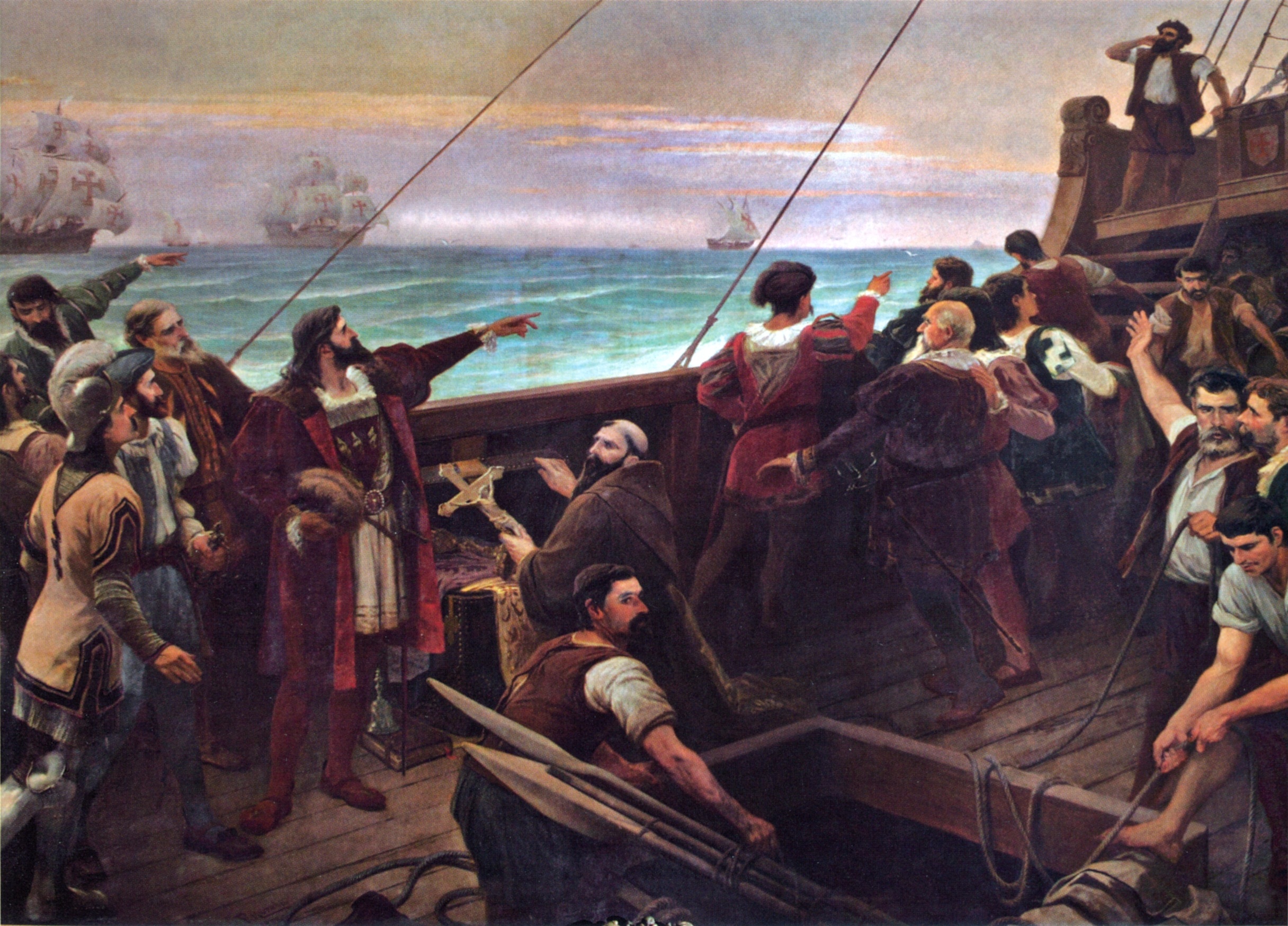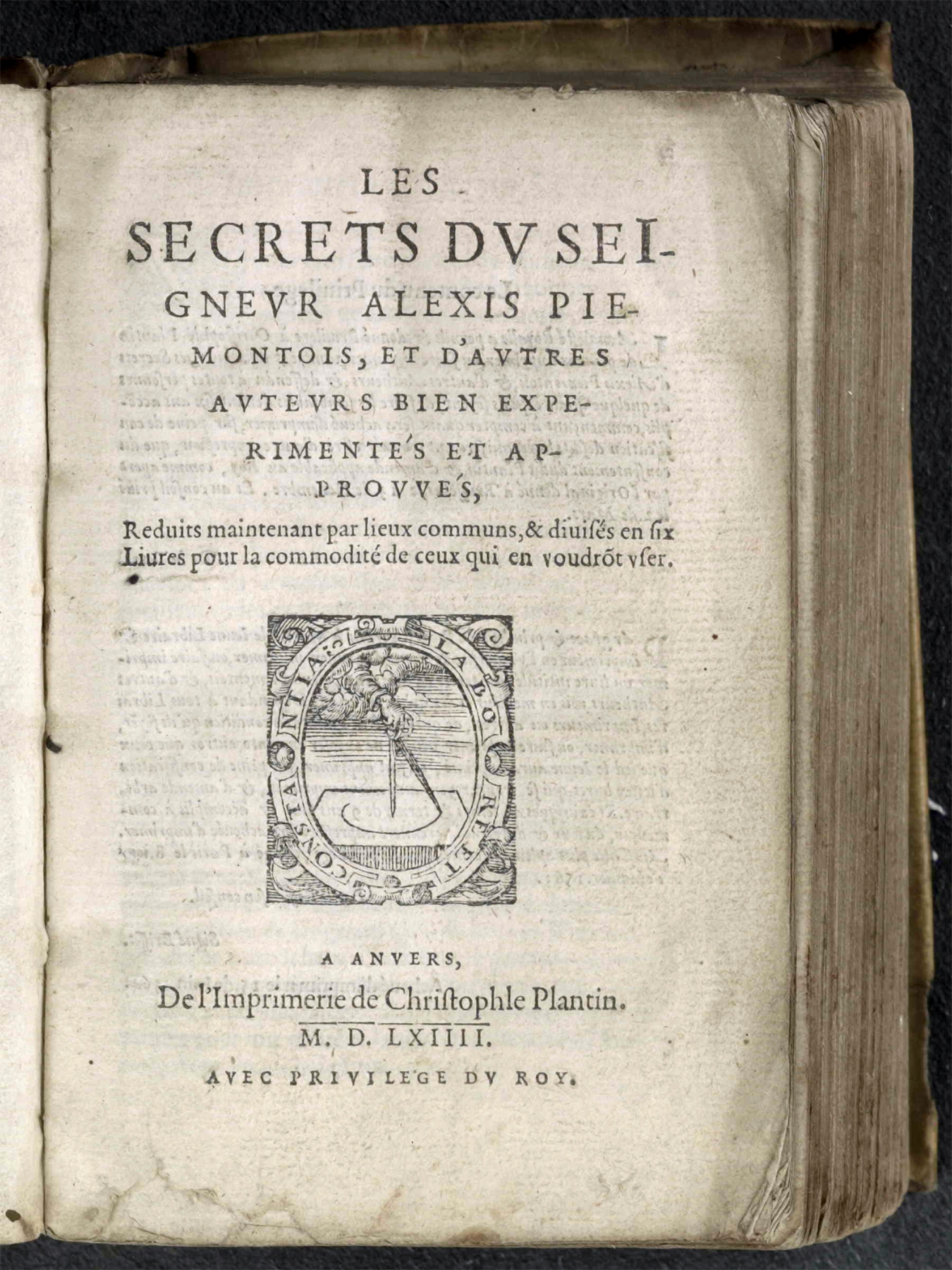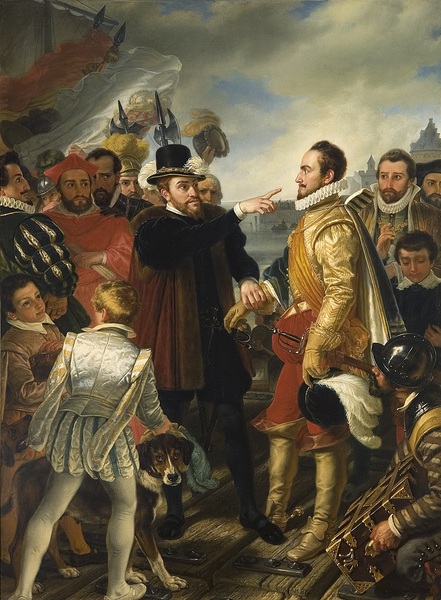|
Cornelis Muys
Cornelis Musius (; 1500–1572) was a Dutch Catholic priest and Neo-Latin poet. He was the last rector of the Sint Agathaklooster in Delft, until hanged without due process on 10 or 11 December 1572. Although never officially canonised, he has long been regarded as a martyr by Dutch Catholics. Life Musius is thought to have been born in Delft on 11 June 1500 (although the sources are not unanimous, some giving alternative dates or locations). He was the son of Johannes Pietersz Muys, a descendant of the Dordrecht patrician lineage of Muys van Holy, and Elisabeth Woudana. He was orphaned young and began a clerical career. He studied theology at Leuven University, and travelled in Flanders and France, spending time in Ghent, Arras, Paris and Poitiers. He then became rector of the Sint Agathaklooster in Delft, a post he held for 35 years, while writing Latin verse and corresponding with numerous scholars he had met on his travels. He commissioned paintings for the convent from Maar ... [...More Info...] [...Related Items...] OR: [Wikipedia] [Google] [Baidu] |
Delft
Delft () is a List of cities in the Netherlands by province, city and Municipalities of the Netherlands, municipality in the Provinces of the Netherlands, province of South Holland, Netherlands. It is located between Rotterdam, to the southeast, and The Hague, to the northwest. Together with them, it is a part of both the Rotterdam–The Hague metropolitan area and the Randstad. Delft is a popular tourist destination in the Netherlands, famous for its historical connections with the reigning House of Orange-Nassau, for its Delftware, blue pottery, for being home to the painter Johannes Vermeer, Jan Vermeer, and for hosting Delft University of Technology (TU Delft). Historically, Delft played a highly influential role in the Dutch Golden Age. In terms of science and technology, thanks to the pioneering contributions of Antonie van Leeuwenhoek and Martinus Beijerinck, Delft can be considered to be the birthplace of microbiology. History Early history The city of Delft came int ... [...More Info...] [...Related Items...] OR: [Wikipedia] [Google] [Baidu] |
Maarten Van Heemskerck
Maarten van Heemskerck (born Maerten Jacobsz van Veen; 1 June 1498 – 1 October 1574), also known as Marten Jacobsz Heemskerk van Veen, was a Dutch portrait and religious painter, who spent most of his career in Haarlem. He was a pupil of Jan van Scorel, and adopted his teacher's Italian-influenced style. He spent the years 1532–36 in Italy. He produced many designs for engravers, and is especially known for his depictions of the Wonders of the World. Biography Early life Heemskerck was born in the village of Heemskerk, North Holland, halfway between Alkmaar and Haarlem. He was the son of a farmer called Jacob Willemsz. van Veen, later buried in the Dorpskerk, Heemskerk, village churchyard. According to his biography by Karel van Mander, he began his artistic training with the painter Cornelius Willemsz in Haarlem, but was recalled to Heemskerk by his father to work on the family farm. However, having contrived an argument with his father he left again, this time for Delft, ... [...More Info...] [...Related Items...] OR: [Wikipedia] [Google] [Baidu] |
16th-century Dutch Roman Catholic Priests
The 16th century began with the Julian year 1501 (represented by the Roman numerals MDI) and ended with either the Julian or the Gregorian year 1600 (MDC), depending on the reckoning used (the Gregorian calendar introduced a lapse of 10 days in October 1582). The Renaissance in Italy and Europe saw the emergence of important artists, authors and scientists, and led to the foundation of important subjects which include accounting and political science. Copernicus proposed the heliocentric universe, which was met with strong resistance, and Tycho Brahe refuted the theory of celestial spheres through observational measurement of the 1572 appearance of a Milky Way supernova. These events directly challenged the long-held notion of an immutable universe supported by Ptolemy and Aristotle, and led to major revolutions in astronomy and science. Galileo Galilei became a champion of the new sciences, invented the first thermometer and made substantial contributions in the fields of phy ... [...More Info...] [...Related Items...] OR: [Wikipedia] [Google] [Baidu] |
Old University Of Leuven Alumni
Old or OLD may refer to: Places *Old, Baranya, Hungary *Old, Northamptonshire, England * Old Street station, a railway and tube station in London (station code OLD) *OLD, IATA code for Old Town Municipal Airport and Seaplane Base, Old Town, Maine, United States People * Old (surname) Music * OLD (band), a grindcore/industrial metal group * ''Old'' (Danny Brown album), a 2013 album by Danny Brown * ''Old'' (Starflyer 59 album), a 2003 album by Starflyer 59 * "Old" (song), a 1995 song by Machine Head *"Old", a 1982 song by Dexys Midnight Runners from ''Too-Rye-Ay'' Other uses * ''Old'' (film), a 2021 American thriller film *''Oxford Latin Dictionary'' *Online dating *Over-Locknut Distance (or Dimension), a measurement of a bicycle wheel and frame See also *Old age *List of people known as the Old *''Old LP ''Old LP'' is the fourth studio album by American alternative rock band that dog., released on October 4, 2019, by UME. The album is the band's first since their 20 ... [...More Info...] [...Related Items...] OR: [Wikipedia] [Google] [Baidu] |
People From Delft
The term "the people" refers to the public or common mass of people of a polity. As such it is a concept of human rights law, international law as well as constitutional law, particularly used for claims of popular sovereignty. In contrast, a people is any plurality of persons considered as a whole. Used in politics and law, the term "a people" refers to the collective or community of an ethnic group or nation. Concepts Legal Chapter One, Article One of the Charter of the United Nations states that "peoples" have the right to self-determination. Though the mere status as peoples and the right to self-determination, as for example in the case of Indigenous peoples (''peoples'', as in all groups of indigenous people, not merely all indigenous persons as in ''indigenous people''), does not automatically provide for independent sovereignty and therefore secession. Indeed, judge Ivor Jennings identified the inherent problems in the right of "peoples" to self-determination, as i ... [...More Info...] [...Related Items...] OR: [Wikipedia] [Google] [Baidu] |
1572 Deaths
Year 1572 ( MDLXXII) was a leap year starting on Tuesday of the Julian calendar. Events January–March * January 16 – Thomas Howard, 4th Duke of Norfolk, is tried for treason, for his part in the Ridolfi plot to restore Catholicism in England. He is executed on June 2. * February 13 – Elizabeth I of England issues a proclamation which revokes all commissions, on account of the frauds which they had fostered. * February 19 – Harrow School is founded, with a royal charter from Queen Elizabeth I of England. * February 28 – In what is now the Rajasthan state in India, Maharana Pratap is crowned as the new Rana of Mewar at the Kingdom's capital at Udaipur after the death of his father, Udai Singh II. * March 2 – Mem de Sá, the Portuguese Governor-General of Brazil, dies after 14 years in office. He is succeeded by Lourenço da Veiga. * March 11 – Pope Pius V issues the papal bull ''Supremi omnipotentis Dei'', granting an indulgence r ... [...More Info...] [...Related Items...] OR: [Wikipedia] [Google] [Baidu] |
1500 Births
Year 1500 (Roman numerals, MD) was a leap year starting on Wednesday in the Julian calendar. The year 1500 was not a leap year in the proleptic Gregorian calendar. The year 1500 was the last year of the 15th century and the first year of the 16th century. The year was seen as being especially important by many Christians in Europe, who thought it would bring the beginning of the Eschatology, end of the world. Their belief was based on the phrase "half-time after the time", when the apocalypse was due to occur, which appears in the Book of Revelation and was seen as referring to 1500. This time was also just after the Old World's discovery of the Americas in 1492, and therefore was influenced greatly by the New World. Historically, the year 1500 is also often identified, somewhat arbitrarily, as marking the end of the Middle Ages and beginning of the early modern period. The end of this year marked the halfway point of the 2nd millennium, as there were 500 years before it an ... [...More Info...] [...Related Items...] OR: [Wikipedia] [Google] [Baidu] |
Christopher Plantin
Christophe Plantin (; – 1 July 1589) was a French Renaissance humanist and book printer and publisher who resided and worked in Antwerp. He established in Antwerp one of the most prominent publishing houses of his time, the Plantin Press. It played a significant role in making Antwerp a leading centre of book publishing in Europe. The publishing house was continued by his successors until 1867. Life Plantin was born in France, probably in Saint-Avertin, near the city of Tours, Touraine. He was not born to a wealthy family, and his mother died when Plantin was still quite young. As a youth he apprenticed as a bookbinder in Caen, Normandy, and also married there. In 1545, he and his wife, Joanna Rivière, set up shop in Paris, but after three years, they chose to relocate to the booming commercial centre of Antwerp, where Plantin became a free citizen and a member of the Guild of St Luke, the guild responsible for painters, sculptors, engravers and printers. The quality of ... [...More Info...] [...Related Items...] OR: [Wikipedia] [Google] [Baidu] |
Petrus Opmeer
Petrus Opmeer (1526–1594) was a Dutch Catholic historian and controversialist. According to his biographer Valerius Andreas, Opmeer was a friend of "painters, sculptors and architects", including Maarten van Heemskerck, Pieter Aertsen, Willem Danielsz van Tetrode, Frans Floris, Antonis Mor and Philip Galle. Life Petrus was born in Amsterdam on 13 September 1526, the son of Pieter van Opmeer and Maria van Akersloot. Throughout his life, he demonstrated a great love of learning and had the family resources to pursue his interests. He was educated in Amsterdam at the school run by Alard van Amsterdam and Nicolaas Cannius, spent time in Leuven, then went to Tournai to learn French and mathematics. At the age of 19, he married Sophia Sasbout, and went to Delft to study Greek with Petrus Resenius, rector of the Latin school. He was studying civil and canon law at Leuven University when the Dutch Revolt broke out, prompting him to switch to theology. After the murder of Cornelis ... [...More Info...] [...Related Items...] OR: [Wikipedia] [Google] [Baidu] |
Richard Verstegan
Richard Verstegen, anglicised as Richard Verstegan and also known as Richard Rowlands (c. 1550 – 1640), was an Anglo- Dutch antiquary, publisher, humorist and translator. Life and career Verstegan was born in East London the son of a cooper; his grandfather, Theodore Roland Verstegen, was a refugee from Guelders in the Spanish Netherlands, who arrived in England around the year 1500. A convert to the Catholic Church, Rowlands produced an English translation of the Little Office of the Blessed Virgin Mary; the translation and primer prayer book that contained it remained among the most popular English Catholic devotionals for two centuries. Under the patronym Rowlaunde, Richard came up to Christ Church, Oxford, in 1564, where he may have studied early English history and the Anglo-Saxon language. Having become a Catholic, he left the university without a degree to avoid swearing the Oath of Supremacy. Thereafter he was indentured to a goldsmith, and in 1574 became a free ... [...More Info...] [...Related Items...] OR: [Wikipedia] [Google] [Baidu] |
William The Silent
William the Silent or William the Taciturn (; 24 April 153310 July 1584), more commonly known in the Netherlands as William of Orange (), was the leader of the Dutch revolt against the Spanish Habsburg Netherlands, Habsburgs that set off the Eighty Years' War (1568–1648) and resulted in the formal independence of the Dutch Republic, United Provinces in 1648. Born into the House of Nassau, he became Prince of Orange in 1544 and is thereby the founder of the House of Orange-Nassau, Orange-Nassau branch and the ancestor of the monarchy of the Netherlands. In the Netherlands, he is also known as Father of the Nation, Father of the Fatherland (; ). A wealthy nobleman, William originally served the Habsburgs as a member of the court of Margaret of Parma, governor of the Spanish Netherlands. Unhappy with the centralisation of political power away from the local estates and with the Spanish persecution of Dutch Protestants, William joined the Dutch uprising and turned against his fo ... [...More Info...] [...Related Items...] OR: [Wikipedia] [Google] [Baidu] |
William II De La Marck
William II de la Marck (Lummen, 1542 – Bishopric of Liège, 1 May 1578) (Dutch: ''Willem II van der Marck'') was the Lord of Lumey and initially admiral of the Watergeuzen, the so-called 'sea beggars' who fought in the Eighty Years' War (1568–1648), together with among others William the Silent, Prince of Orange-Nassau. He was the great-grandson of an equally notorious character, baron William de la Marck, nicknamed the "wild boar of the Ardennes". On 1 April 1572 – the day of the Capture of Brielle – the Sea Beggars were led by De la Marck, and by two of his captains, Willem Bloys van Treslong and Lenaert Jansz de Graeff. After they were expelled from England by Elizabeth I, they needed a place to shelter their 25 ships.Elliot, p. 139 As they sailed towards Brill, they were surprised to find out that the Spanish garrison had left in order to deal with trouble in Utrecht. On the evening of 1 April, the 600 men sacked the undefended port.Elliott, p. 140 A Calvinist, w ... [...More Info...] [...Related Items...] OR: [Wikipedia] [Google] [Baidu] |







